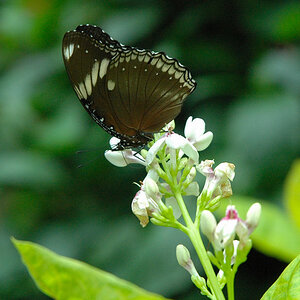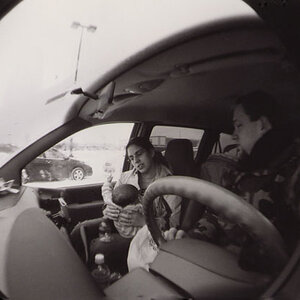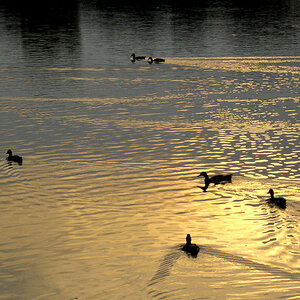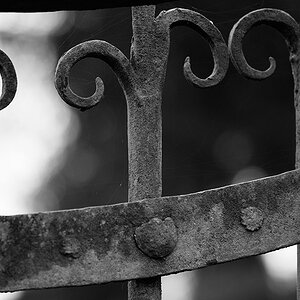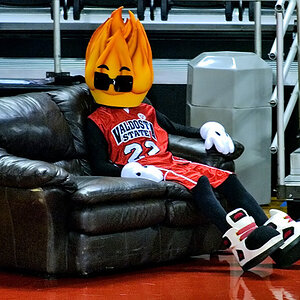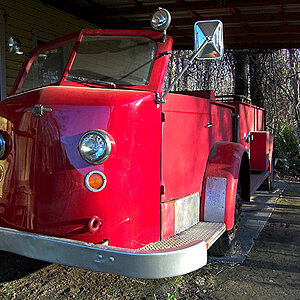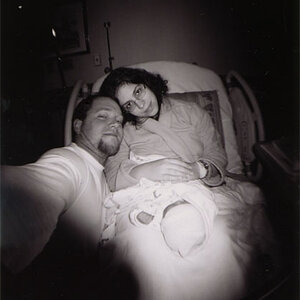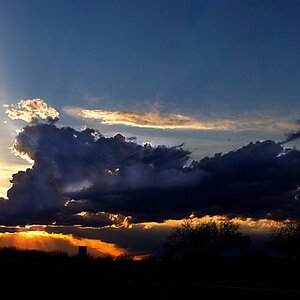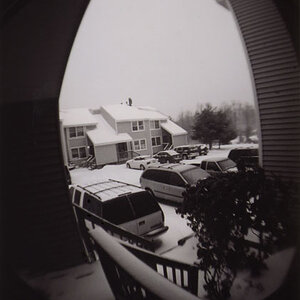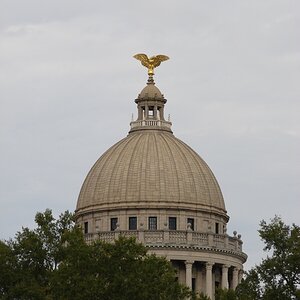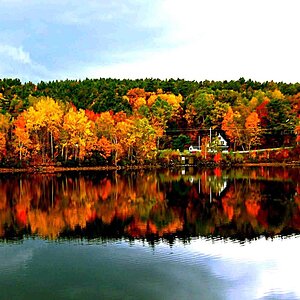DaveAndHolly219
TPF Noob!
- Joined
- Mar 4, 2017
- Messages
- 121
- Reaction score
- 20
- Can others edit my Photos
- Photos OK to edit
I’m looking for some advice on choosing a light meter and also how I would go about using a light meter for a specific type of shot that I do a lot of. The basic idea is an outdoor portrait, find the “proper” exposure for the background, and then underexpose that 1-2 stops as my base exposure setting. Then use a speedlight in a softbox to light the subject. I typically shoot wide open or close to it to blow out the background and give my subject some background separation.
The issue I run into is that with subjects who aren’t particularly patient (kids for example), the time it takes to take test shots and get the flash exposure right can become a problem. I’ve tried TTL instead of manual flash settings, but I usually don’t love the results.
That’s where I feel like a light meter might come in handy. But the more I think about it . . . how would I use a light meter to help me with this?
So, in summary:
I use these flashes: Flashpoint Zoom R2
Triggered by this: Flashpoint R2
Thank you in advance for any and all input!
The issue I run into is that with subjects who aren’t particularly patient (kids for example), the time it takes to take test shots and get the flash exposure right can become a problem. I’ve tried TTL instead of manual flash settings, but I usually don’t love the results.
That’s where I feel like a light meter might come in handy. But the more I think about it . . . how would I use a light meter to help me with this?
So, in summary:
- Would a light meter help me get this type of shot set up/properly lit faster? If so, what would be the procedure?
- If a meter would be advantageous for these shots, can I get some recommendations on which one(s) to check out?
I use these flashes: Flashpoint Zoom R2
Triggered by this: Flashpoint R2
Thank you in advance for any and all input!



